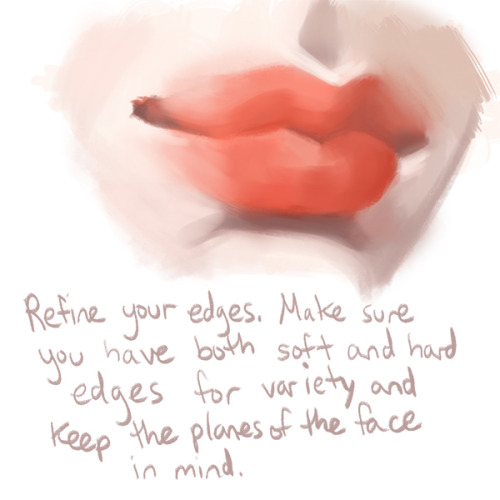

Subgenres aside, the drum patterns in drum and bass tend to stay very similar in terms of rhythm. Step 1: Drumsīecause it wouldn’t be drum and bass without, well, drums. Many tracks will also be written in a minor key to give the genre a ‘moodier’ and ‘driving’ feel. A glimpse of my rekordbox library that I use when DJing DNB. Most drum and bass tends to be written between 170-180bpm, with the majority falling at 174-175bpm, as it seems to have a fast enough pace without being too fast. Here are the main:Īcross this guide, we will provide alternative paths that you could go on depending on the subgenre you are planning on making (and we may also do a dedicated guide for each in the future). So it’s important to have a particular style in mind when producing (or you could combine some). You can have both heaving basslines and soothing pads across the spectrum of subgenres. One of the beauties of DnB is that it’s such a multi-faceted genre. That way, you will maximize your potential for improving as a music producer.Īnd if you need an introduction to music production in general, check out EDM Foundations.

So my recommendation would be to follow along in your DAW as you walk through the article.

This article will give you the knowledge necessary to make a drum and bass track from start to finish.
Liquid notes tutorial how to#
No more short YouTube videos showing you how to make a particular bass (as much as they can be helpful). What this article will do is provide you with a solid framework for making DNB. While this article aims to be as comprehensive as possible, you must dedicate time and effort into your craft in order to become a good producer. Let me disappoint you – that will not happen. You might expect to read this article and walk away as a master of drum and bass production. Download FREE DNB Starter Kit General ConsiderationsĪs eager as you may be to get into the nitty-gritty of producing DNB, there are a few important points to consider that are essential for any sort of success.


 0 kommentar(er)
0 kommentar(er)
